Description
Activated Coconut Shell Carbon: Nature’s Powerful Purifier
In a world increasingly concerned with environmental sustainability and clean living, the search for natural, effective solutions is paramount. Enter activated coconut shell carbon, a remarkable material derived from a renewable resource that’s making waves in industries ranging from water filtration to air purification and even food and beverage processing.
So, what exactly is activated coconut shell carbon and why is it so effective?
From Waste to Wonder: The Creation Process
Activated coconut shell carbon is produced through a two-stage process: carbonization and activation.
- Carbonization: Coconut shells, a readily available and often discarded by-product of the coconut industry, are heated in a low-oxygen environment. This process removes moisture and volatile compounds, leaving behind primarily carbon.
- Activation: The carbonized material is then subjected to a high-temperature activation process, typically using steam or chemical agents. This crucial step creates a vast network of microscopic pores within the carbon structure. These pores dramatically increase the surface area, making the material incredibly effective at adsorption.
The Magic of Adsorption: How it Works
The secret behind activated coconut shell carbon’s power lies in its ability to adsorb contaminants. Adsorption is the process where molecules of a liquid or gas adhere to the surface of a solid. Due to its enormous surface area (a single gram can have a surface area equivalent to a football field!), activated coconut shell carbon provides countless sites for these contaminant molecules to latch onto and be trapped.
A Versatile Workhorse: Applications Across Industries
The unique properties of activated coconut shell carbon make it a highly sought-after ingredient in a variety of applications:
- Water Filtration: This is perhaps the most well-known application. Activated coconut shell carbon effectively removes chlorine, sediment, volatile organic compounds (VOCs), and other impurities from water, resulting in cleaner, better-tasting, and safer drinking water. It’s used in household filters, municipal water treatment plants, and even aquarium filters.
- Air Purification: Just like with water, activated carbon can trap airborne pollutants like odors, allergens, and volatile organic compounds (VOCs) released from paints, cleaning products, and other household items. This makes it a key component in air purifiers for homes, offices, and even industrial settings.
- Food and Beverage Industry: Activated coconut shell carbon is used to decolorize, deodorize, and purify various food and beverage products. It can remove unwanted flavors, colors, or impurities from sugar, edible oils, juices, and alcoholic beverages.
- Medical Applications: It’s used in some medical treatments to adsorb toxins in the digestive system, such as in cases of poisoning or drug overdose.
- Industrial Processes: Activated carbon plays a crucial role in various industrial processes, including gas purification, solvent recovery, and metal extraction.
The Sustainable Choice: Benefits Beyond Performance
Beyond its impressive performance, activated coconut shell carbon offers significant environmental advantages:
- Renewable Resource: It’s derived from coconut shells, a renewable and readily available agricultural by-product. This helps reduce waste and reliance on less sustainable materials.
- Environmentally Friendly Production: The activation process, especially when using steam, is relatively environmentally friendly compared to the production of activated carbon from other sources like coal.
- Biodegradable: Once the activated carbon is spent (i.e., its adsorption capacity is exhausted), it can be disposed of responsibly, sometimes even used as a soil amendment.
Looking Ahead: The Future is Bright for Activated Coconut Shell Carbon
As concerns about environmental pollution and the demand for clean, sustainable solutions continue to grow, the future of activated coconut shell carbon looks promising. Ongoing research and development are focused on enhancing its performance, reducing production costs, and expanding its applications.
From purifying our drinking water to cleaning the air we breathe, activated coconut shell carbon is a testament to the power of nature and human ingenuity. It’s a versatile and sustainable material that is playing an increasingly important role in creating a cleaner and healthier world.





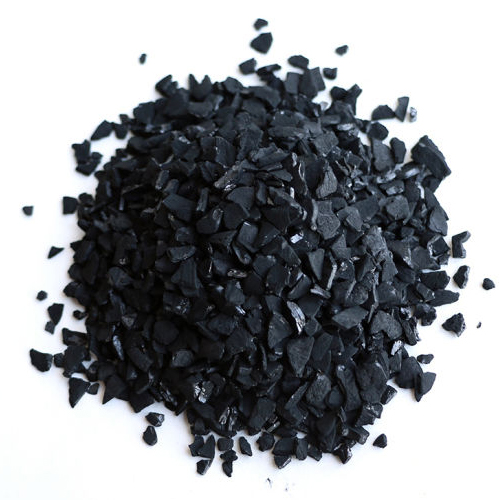
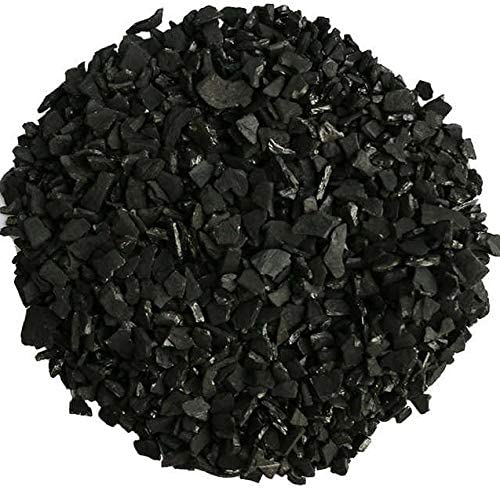
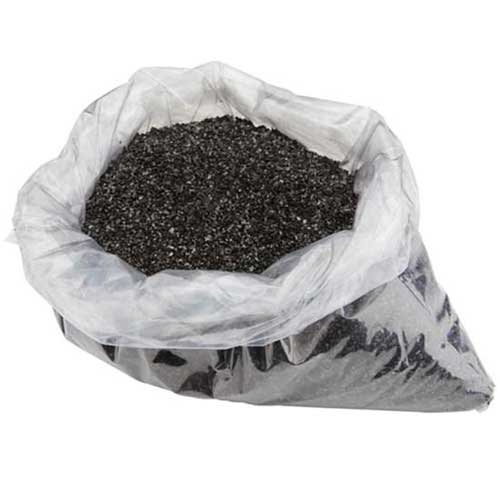
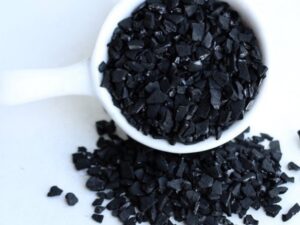


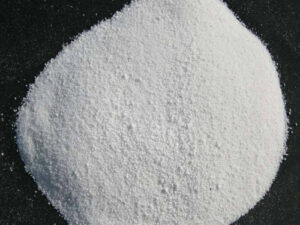
Reviews
There are no reviews yet.